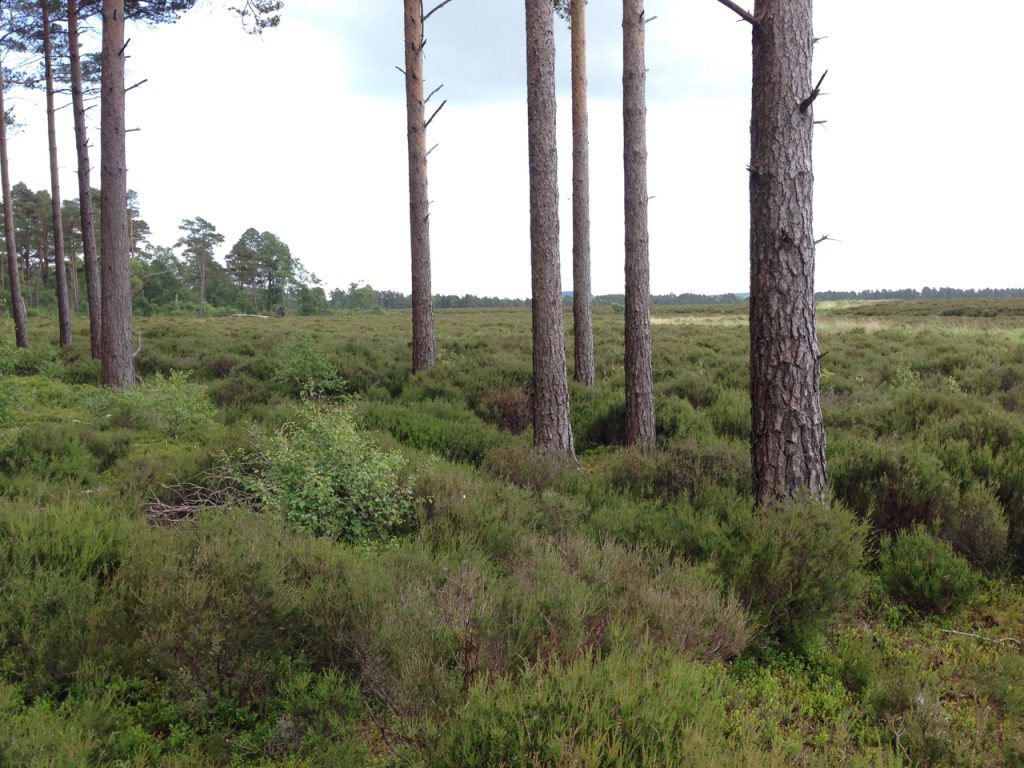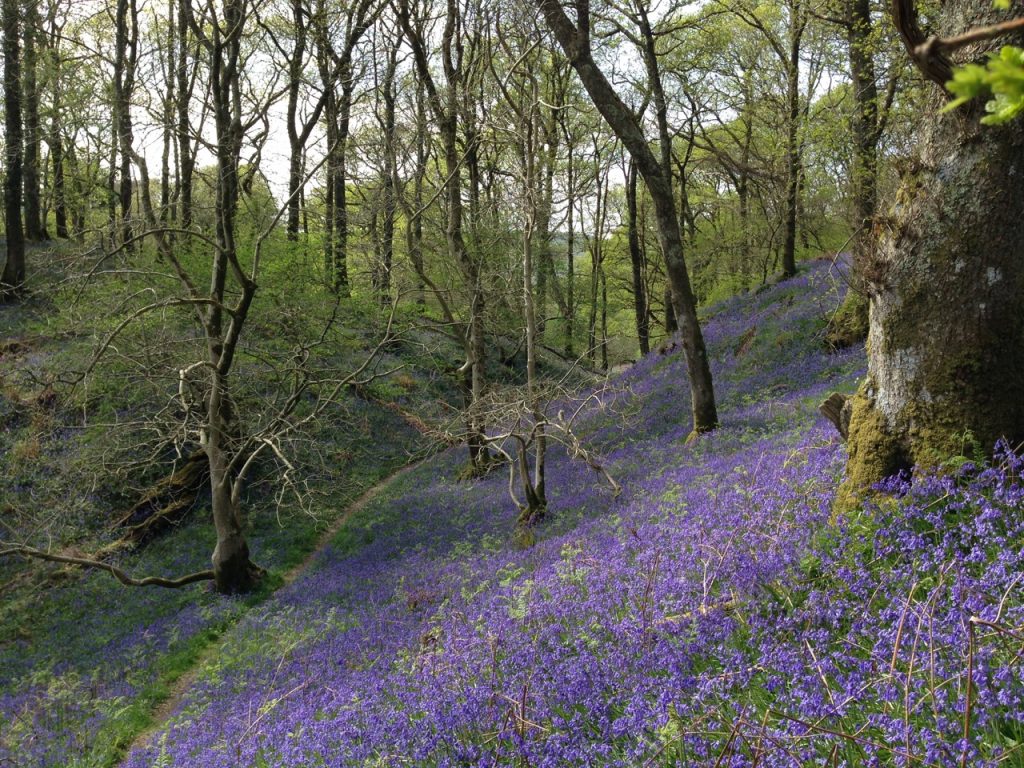Nature Reserves and Biodiverse Habitats
My artwork explores ecocentric environments. There is little true wild land left in the UK but there are nature reserves and pockets of land where the ecosystem is not centred around human activity, and that hold considerable biodiversity – modern wilderness. Dumfries & Galloway has a rich diversity of natural and sensitive environments, from estuarine sand and mud flats, to ancient native woodland; tidal rivers to lowland heaths; moorland mountains to wildflower meadows, each deserving protection and conservation with various local to international protection statuses in place.
My work could be described as ecological or environmental art, it considers both our stewardship role towards remaining semi-wild ecosystems and how these places can benefit us. It aims to stimulate interest and thought, encouraging people to experience, appreciate and celebrate the environment. Alongside my artwork I have interest in various recording and citizen science projects; replanting wildflower corridors in threatened chalk and limestone grassland (Life on The Verge, Lincolnshire Wildlife Trust); recording egg cases for data collection (The Shark Trust, Save our Seas Foundation) and recording bats (Southern Scotland Bat Survey, British Trust for Ornithology & SNH).
Research
Working in these unique habitats offers an opportunity to research the sites and designations and to record the different plants and animals that I encounter. I am interested in the role nature reserves and protected areas play in the survival and regeneration of ecosystems, flora and fauna and the biodiversity contained in relatively small pockets of semi-wild land. I spend many (often frustrating) hours trying to identify species, and learn more about the locations I work in. I am slowly writing up field notes and research to put on the website for each reserve, and adding to them as I go, so if you feel you could contribute in any way, let me know!
Collaboration
For anyone interested in the research aspect of my work, please get in touch. I am by no means an expert naturalist, but an artist with a strong interest in nature. I am looking for people who have knowledge of habitat types and reserves, can help ID species, or have information about local reserves. I am hoping to move my work into a direction that can benefit community and educate/provide resources for people who are interested in nature and conservation.

Kirkconnell Flow is an internationally important and highly threatened estuarine raised bog habitat, which makes up part of the Solway Mosses North Special Area of Conservation (SAC), Natura 2000 network (UK0012907) and lies within the Nith Estuary National Scenic Area (NSA). It is a Site of Special Scientific Interest (SSSI), and the site was declared a National Nature Reserve (NNR) in 1959 …continue reading

The Wood of Cree is a Western acidic oak woodland which forms part of the Galloway Oakwoods Special Area of Conservation, Natura 2000 site and designated SSSI with features of Upland Oak Woodland and Oligotrophic lochs. It is the largest ancient coppice wood in southern Scotland providing specialised habitat for threatened migratory birds such as pied flycatchers, wood warblers, tree pipits, redstarts and cuckoos and for resident species such as willow tits and is run as an RSPB reserve … continue reading

Carstramon Wood (also Castramont Wood) is an ancient oak woodland surrounding Castramont House, now gifted to the Scottish Wildlife Trust. The approach from Anwoth takes you on a raised parallel road giving a magnificent view down across the river valley where it meets the forest. The newly leafing trees gather like clouds up the hillside, and (this year in mid-May) a delightful transformation occurs – contained behind the stone wall and settled as if first snow, lies a glimpsed shade of blue resting between the bases of the lower trees …continue reading

Kennick Burn and Laurieston Forest
Kennick Burn runs through Laurieston Forest, most easily accessed on the moor road to Gatehouse of Fleet where there is a short circular walk along the burn and waterfalls where you may see red squirrels, otters and red kites. The mix of habitats in and around Laurieston already offers a good starting point for general biodiversity and the timber crop forestry plantations which have historically cut into large expanses of open moor now offer potential for conservation of threatened species such as nightjars and black grouse …continue reading

Mersehead RSPB reserve …continue reading

Hen Reedbeds nature reserve is a truly spectacular sight as the winter sun begins to set, dotted with highlights of sun which the grass seedheads reflect. The masses of reeds shift in the breeze, flattening and moving in a shimmering gold display. Emerging in pools, fens and dykes between the growth the shallow water seeps up from the ground, providing habitat for rare birds such as bitterns, marsh harriers and bearded tits. This nature reserve has been restored, extended and linked to other sites in response to habitat loss as a result of global warming in recent years …continue reading

Southwick Coast

Rockcliffe & Colvend Coast
